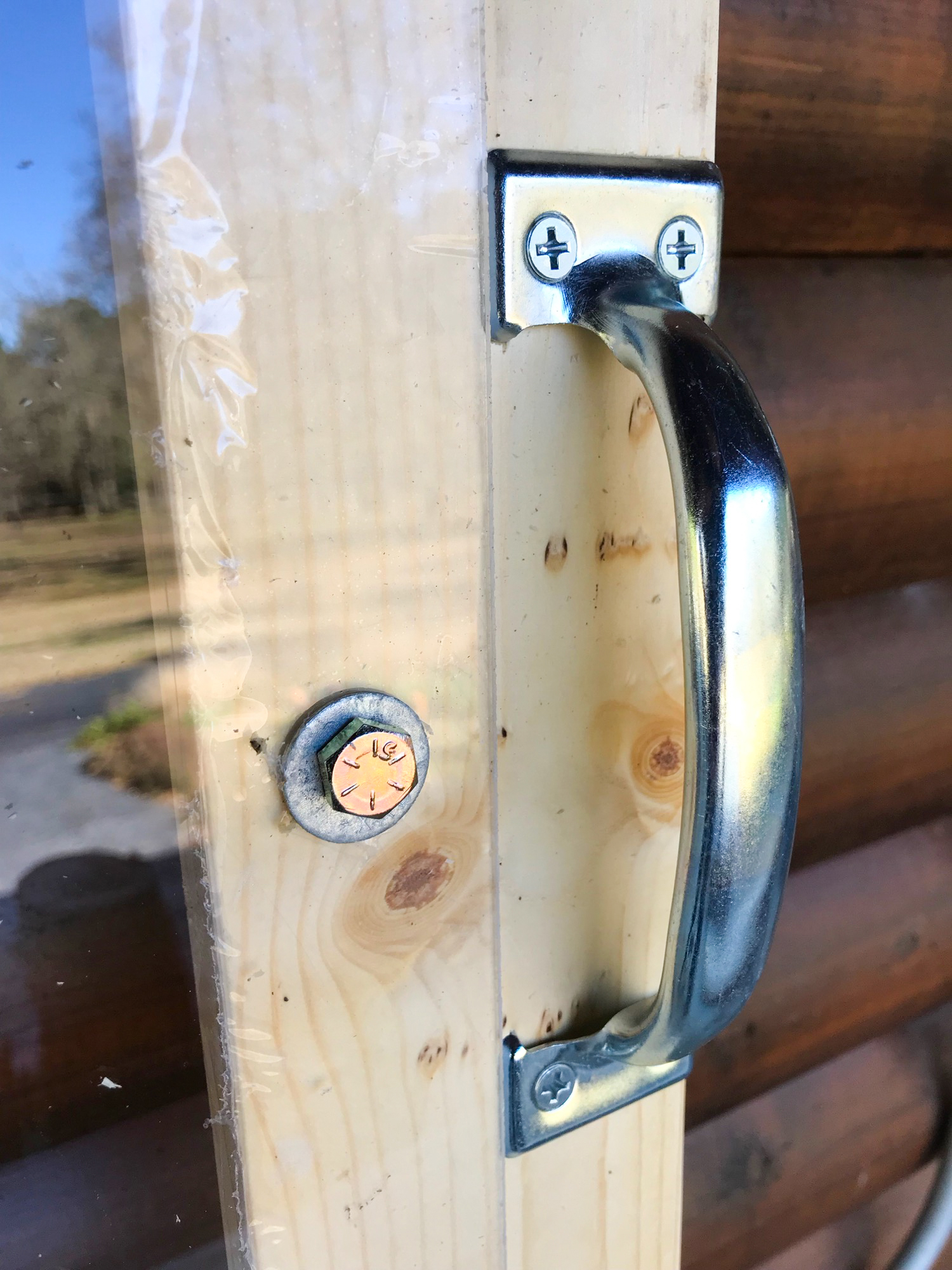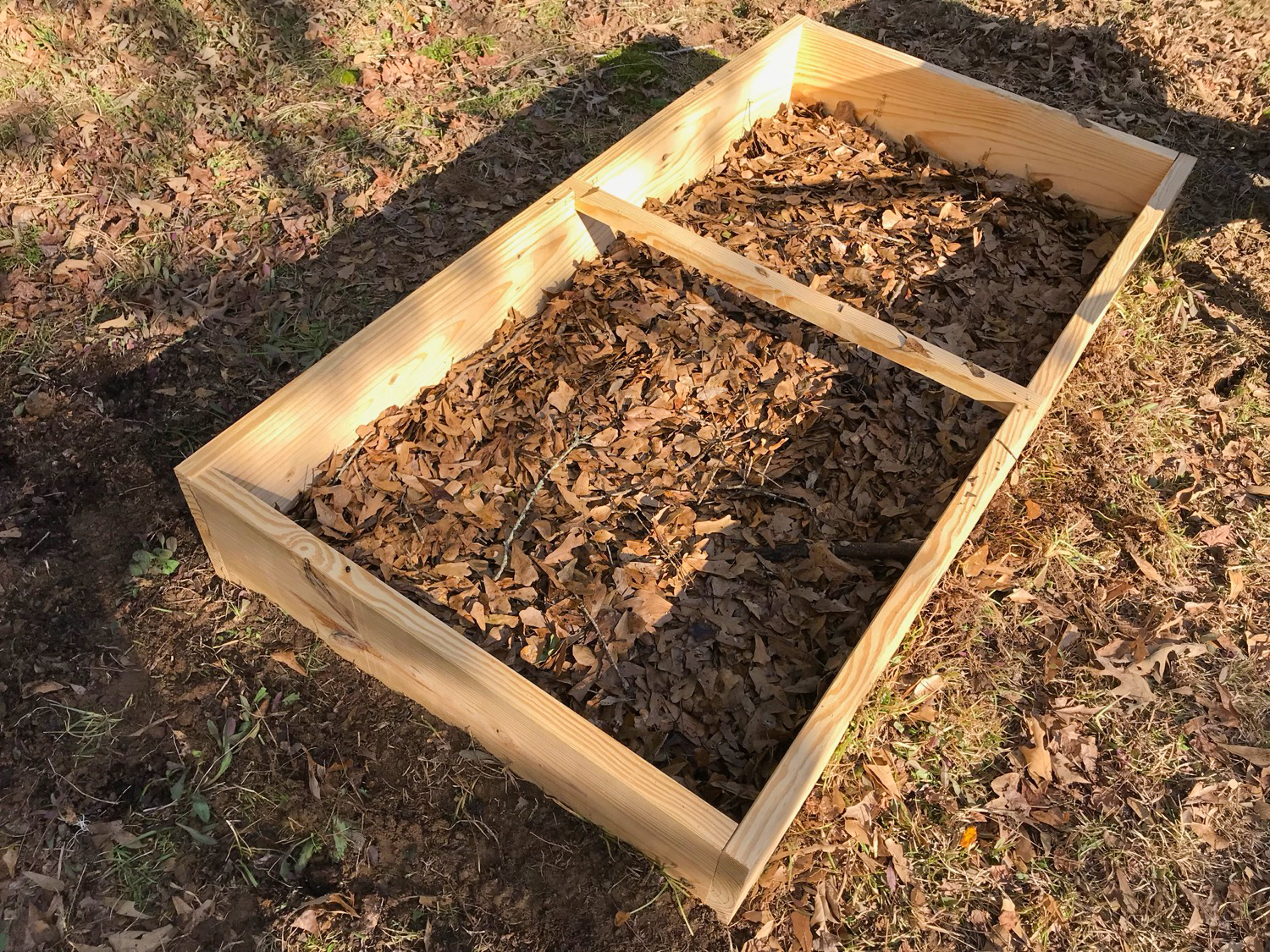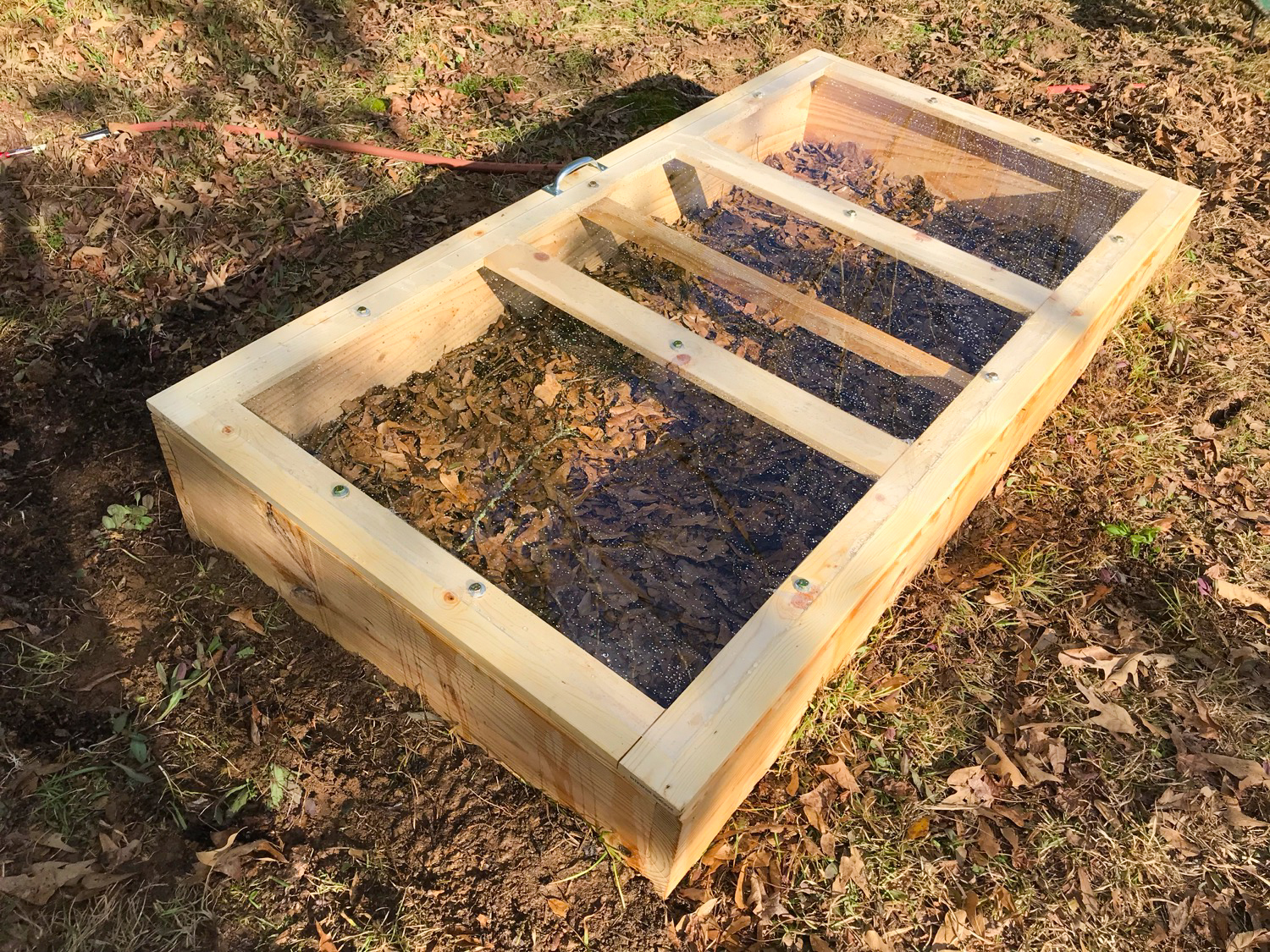A big reason I built a cold frame was to protect sown seeds from heavy rains and the critters that dig around in the seed flats. So, now it’s time to get sowing!
One of my foci for 2019 are grasses. Getting these started from seed and dividing already existing plump clumps will allow me to start planting groundcover species that will shade the soil much of the growing season. I also like how at the beginning of the growing season when grasses are mown, they generate a nice mulch layer to keep weeds down.
Last fall, I collected grass seed from up and down the roadside as well as in the garden here, and now I’m sowing Andropogon, Muhlenbergia, and Eragrostis.
For Andropogon virginicus (broomsedge), seed actually benefit from a stratification treatment (exposing seed to cold and moist conditions); therefore, sowing them sooner rather than later will take advantage of the cold weather coming. I collected some culms filled with seed and allowed them to dry in a brown paper bag on our back porch.
Then, I took a five gallon bucket and shook the seed loose in it. Andropogon seed have hairs on the pedicel and rachis internode that allow them to catch a breeze and spread; such airborne packages are called diaspores (a seed and everything that aids dispersal). These can be problematic when sowing a tray.
I had heard Roy Diblik say that the plumes of Asclepias (milkweeds) could be removed with a flash fire. With the seed in the bucket, I grabbed a lighter and lit the plumes on fire. It quickly burned and left me with a pile of seed ready for planting. Andropogon is fire adapted, and the flash burn probably didn’t damage any seed. (NOTE: As with anytime you are using fire, make sure you practice safety!)
I’ll update you in a few weeks to see how germination is progressing.









